Bernoulli Mixture Models
Mixture Models in R

Victor Medina
Researcher at The University of Edinburgh
The handwritten digits dataset
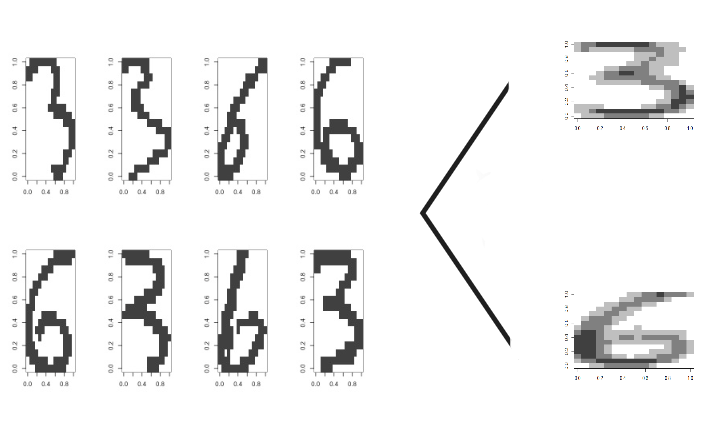
Continuous versus discrete variables
Gaussian distribution
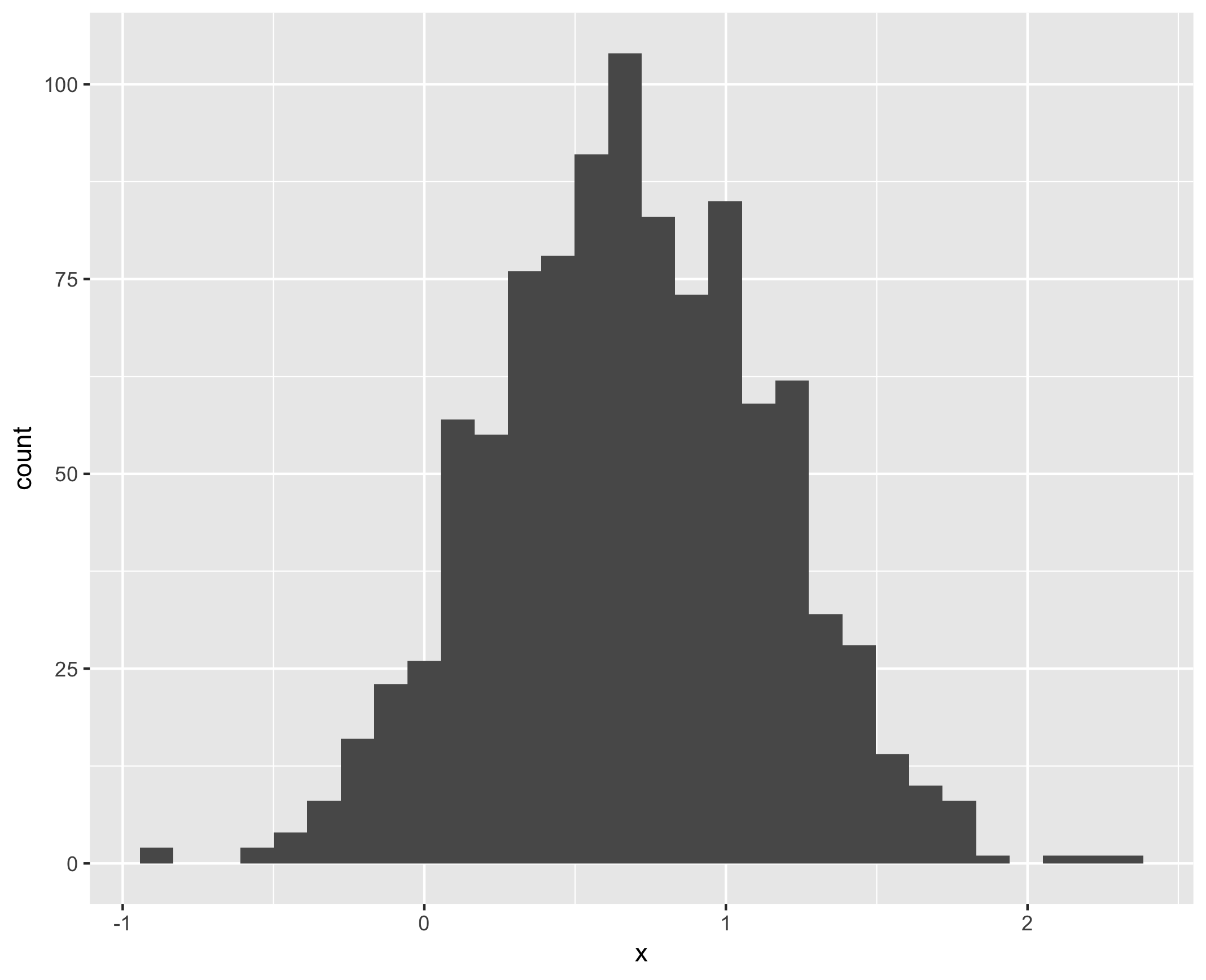
Bernoulli distribution (flipping a coin)
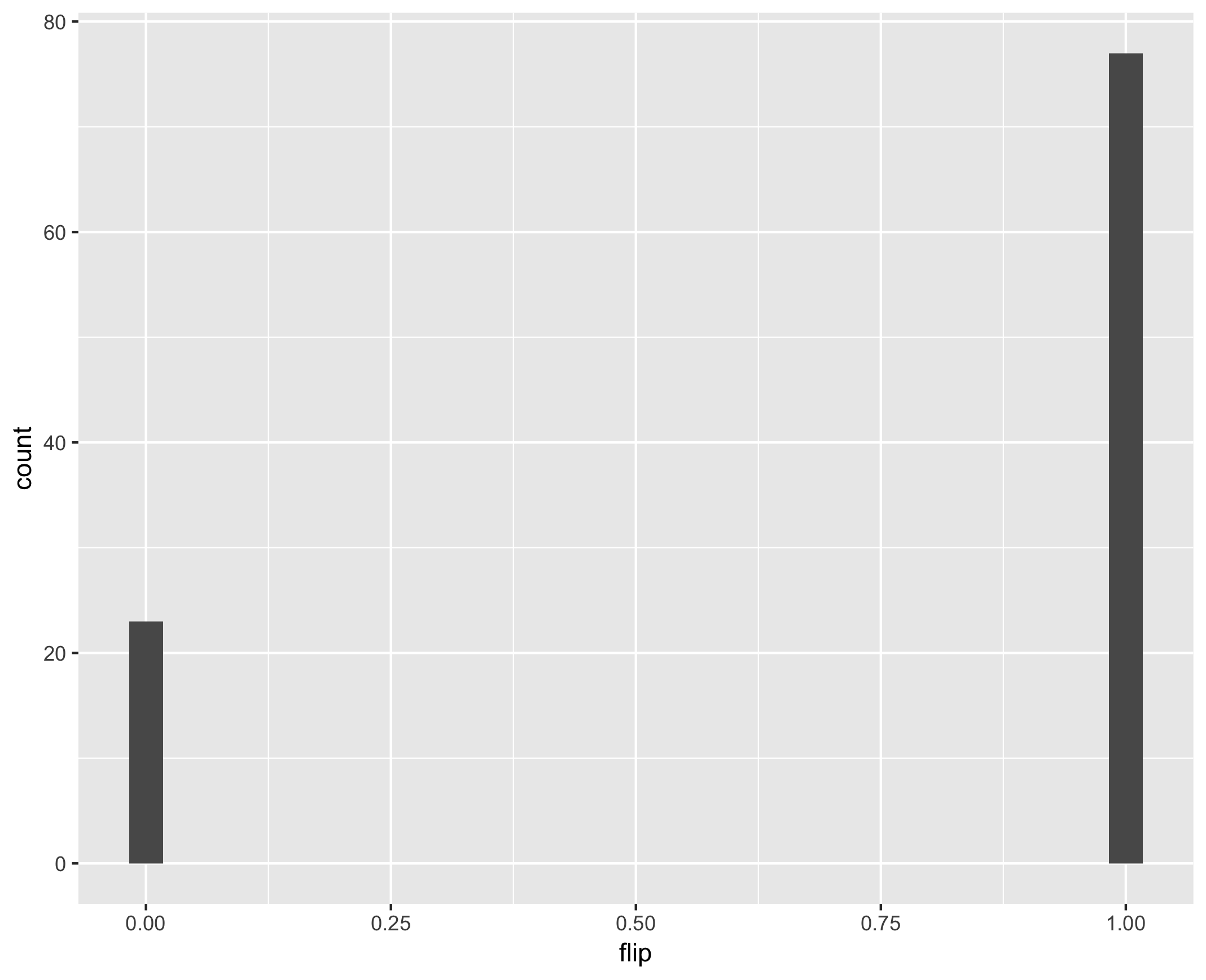
Bernoulli distribution
- Two possible outcomes
- "tails" or "heads"
- "black" or "white"
- Represented by a probability of "success" $\rightarrow p$
- $(1- p)$ = probability for the other option
Sample of Bernoulli distribution
p <- 0.7
bernoulli <- sample(c(0, 1), 100, replace = TRUE, prob = c(1-p, p))
head(bernoulli)
1 1 1 0 0 1
Binary image as Bernoulli distributions
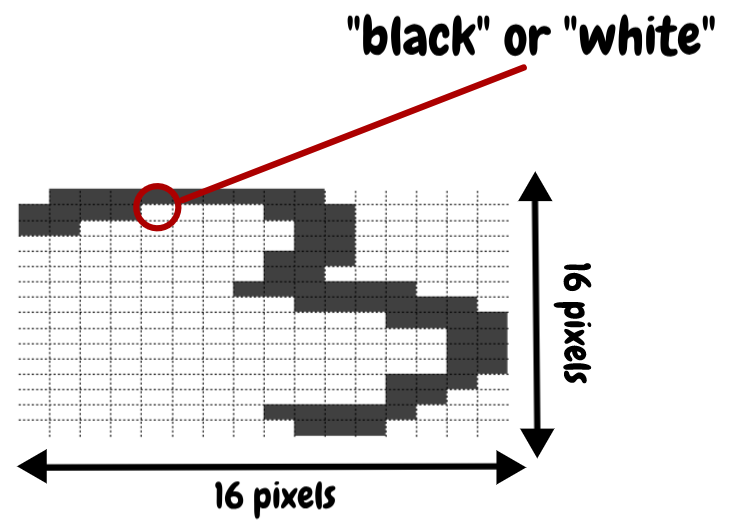
Binary image as Bernoulli vector
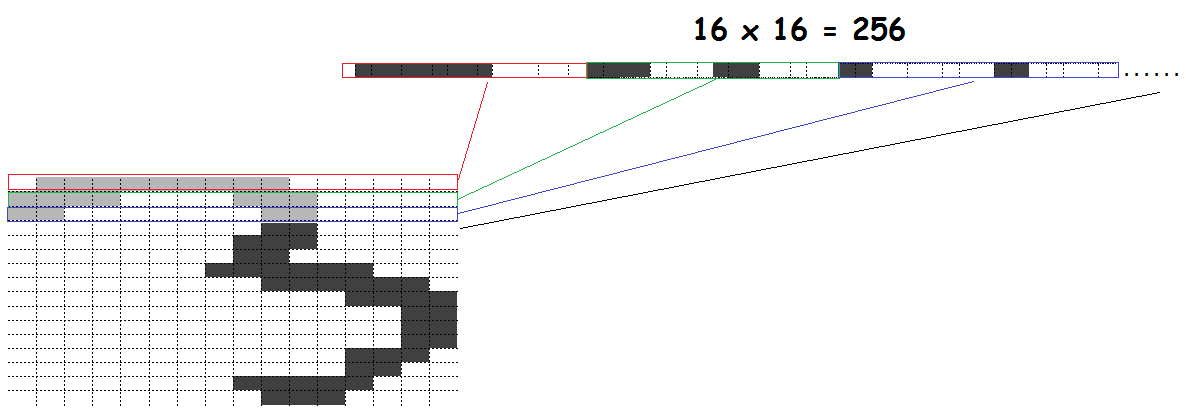
p1 <- 0.7; p2 <- 0.5; p3 <- 0.4
bernoulli_1 <- sample(c(0, 1), 100, replace = TRUE, prob = c(1-p1, p1))
bernoulli_2 <- sample(c(0, 1), 100, replace = TRUE, prob = c(1-p2, p2))
bernoulli_3 <- sample(c(0, 1), 100, replace = TRUE, prob = c(1-p3, p3))
multi_bernoulli <- cbind(bernoulli_1, bernoulli_2, bernoulli_3)
head(multi_bernoulli, 4)
bernoulli_1 bernoulli_2 bernoulli_3
[1,] 1 0 0
[2,] 0 0 0
[3,] 0 0 1
[4,] 1 0 0
p_vector <- c(p1, p2, p3)
Bernoulli mixture models
Handwritten digits dataset:
- Which is the suitable probability distribution?
- (multivariate) Bernoulli distribution.
- How many subpopulations should we consider?
- Let's try with two. That is two binary vectors of size 256.
- Which are the parameters and their estimations?
- Each $p$ for each binary vector. Also the two proportions.
Let's practice
Mixture Models in R

